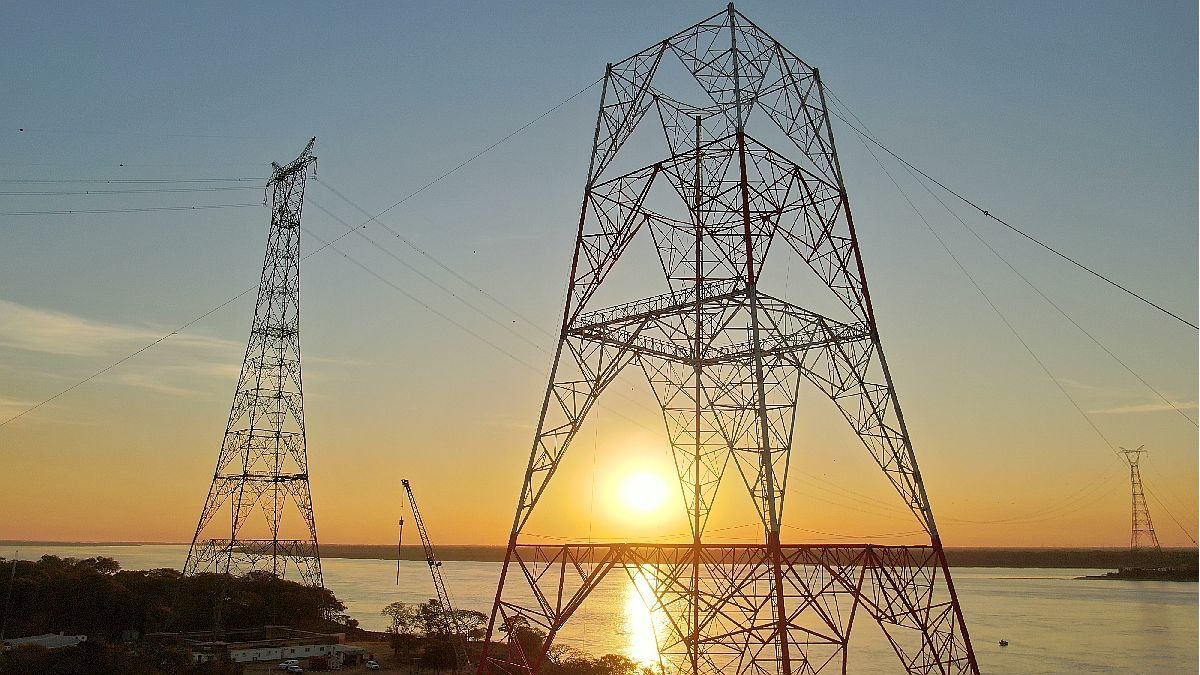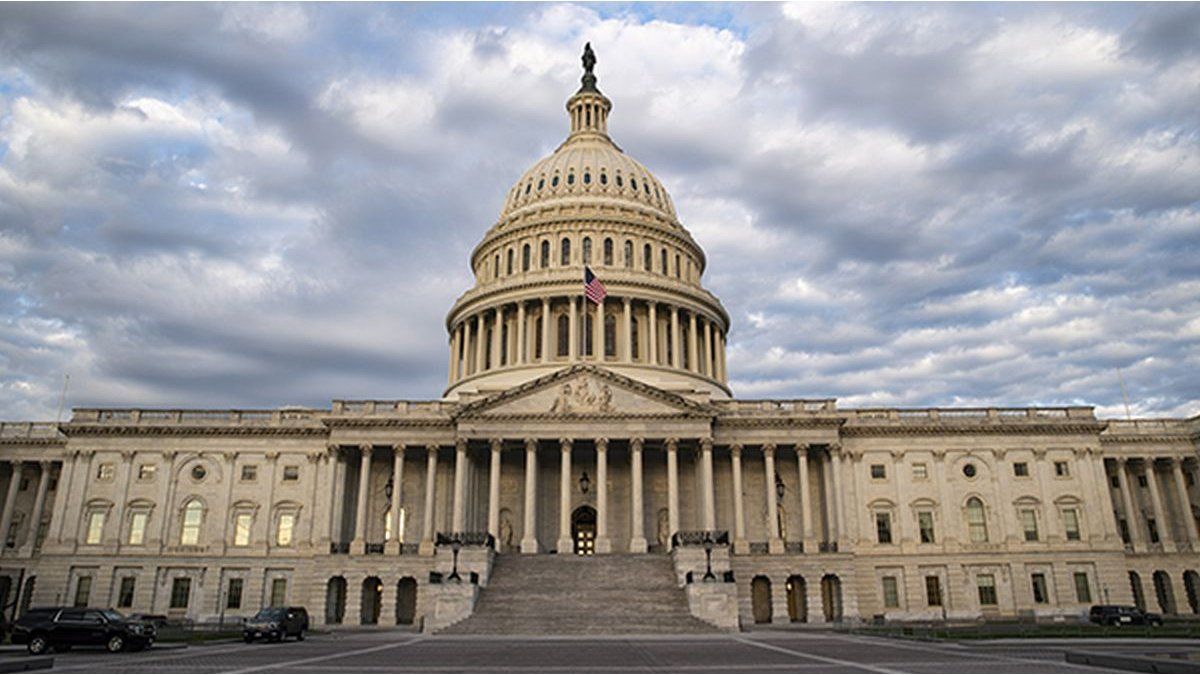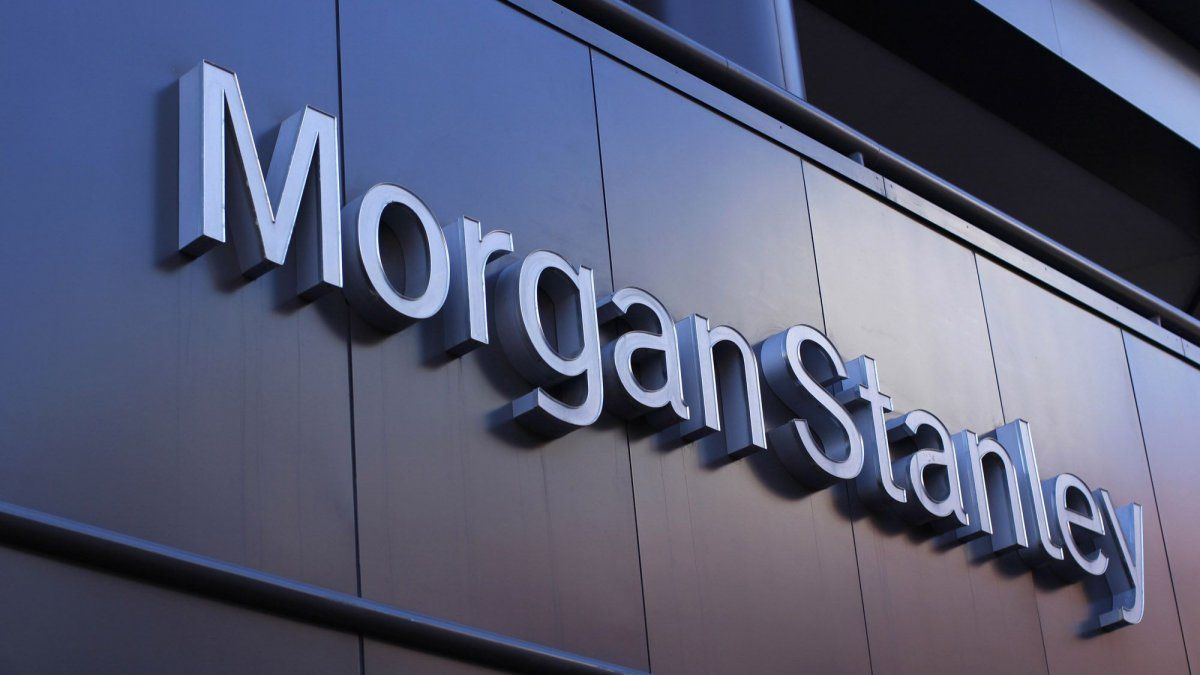Expenditures on subsidies are becoming a real burden for the ordering of public accounts, as recognized by the government in the agreement with the International Monetary Fund (IMF) where it stipulates a mechanism to reduce them. In fact, Last month, aid for companies that generate energy represented 72% of the negative balance accrued by the National Administration.
In the first two months energy subsidies took $157,396 millionwhich implied a real growth of 104.5% compared to the first two months of 2021.
On the other hand, In February, the government allocated $13.474 million in transfers to transport companies, a figure that represented a real decrease of 39% compared to the same period last year, but in the accumulated figure for the two-month period, $32,339 million have been spent, with a real growth of 3.7%.
Meanwhile, the Other Subsidies item demanded $8,089 million with a year-on-year drop of 35%. In the two-month period, this item registered disbursements for $10,665 million, which implied a real decrease of 25% in the two-month period.
The acceleration of inflation that is expected for the first half of the year will have a negative impact on public accounts, even in a context in which rate increases are granted. The government proposes a segmented scheme of increases, which foresees the elimination of State aid for the 10% of the population with the greatest resources, which in fiscal terms would contribute little, some US$400 million a year. For the bulk of the population, a scheme of tariff increases is foreseen below the increase in wages.
Meanwhile, OPC data reveals that current expenses for February reached $874.99 billion, with a real increase of 8.8%. In the two-month period, it accumulated disbursements of $1.8 trillion, which represents an increase of 18.8%. Social benefits demanded $500,857 million, with an increase of 5.5%, while personnel expenses represented $89,194 million, with an improvement of 12%, among other items.
On the other hand, Capital Expenditures registered outflows for $83,307 million with an improvement of 54.2%. With all that, the Primary Expenses totaled $895,303 million with a real year-on-year increase of 14.3%.
On the side of current income, the OPC reports a total of $740,777 million. with a growth of 11.2%. Of this, the bulk is explained by the collection of taxes ($479,013 million) and Contributions and Contributions to Social Security ($222,343 million), to which some $21 million of Capital Income are added.
In this way, the red of the National Administration registered a real growth of 31% in relation to the same period of 2021. The data is not encouraging due to the commitment that Argentina has to assume with the IMF to reach a fiscal deficit of 2.5% of GDP this year. The financial deficit was $217,498 million, with a rise of 13.1%.
The OPC report indicates that as of February 28, total expenses accrued $1,846,988 million, equivalent to 17.1% of the current budget credit, while the execution of debt interest was 26.2% of the current credit. In contrast, real direct investment was 8.1%, similar to pre-pandemic records.
Source: Ambito
David William is a talented author who has made a name for himself in the world of writing. He is a professional author who writes on a wide range of topics, from general interest to opinion news. David is currently working as a writer at 24 hours worlds where he brings his unique perspective and in-depth research to his articles, making them both informative and engaging.




